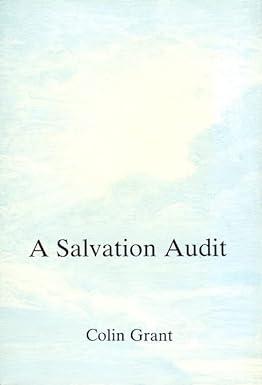Question
I need for you to look at a couple of things and give me some guidance. The workers in the assembly department are paid three
I need for you to look at a couple of things and give me some guidance.
The workers in the assembly department are paid three different wages. Senior Assemblers, who have been with the company for more than five years, are paid $15 per hour. Experienced Assemblers, who have been with the company between one and five years, are paid $12 per hour. Novice Assemblers, who have been with the company less than one year, are paid $10 per hour. Assemblers from each class can perform the assembly tasks necessary to assemble a unit of XYZ but with more or less efficiency. I expect it to take four (4) direct labor hours to assemble each unit of XYZ.
When we developed the standard labor cost for the assembly department, we expected that 20% of the hours worked in the department would be performed by Senior Assemblers, 50% by Experienced Assemblers, and 30% by Novice Assemblers.
During May, 800 units of XYZ were produced using 3,360 hours of assembly labor. Because of an unforeseen expansion in the demand for XYZ, this was many more hours than expected. Therefore, Senior Assemblers worked 15% of the labor hours, Experienced Assemblers worked 45%, and Novice Assemblers worked 40%. Please address the following:
1. Determine the standard assembly labor cost per hour.
2. Determine the actual assembly labor cost per hour during May.
3. Compute the direct labor rate and efficiency variances for May. Don't forget to indicate whether those variances are unfavorable or favorable.
4. Based on the information given, what action, if any, would you expect me to take in response to the labor variances that you computed in part (3)?
I need for you to look at a couple of things and give me some guidance.
The workers in the assembly department are paid three different wages. Senior Assemblers, who have been with the company for more than five years, are paid $15 per hour. Experienced Assemblers, who have been with the company between one and five years, are paid $12 per hour. Novice Assemblers, who have been with the company less than one year, are paid $10 per hour. Assemblers from each class can perform the assembly tasks necessary to assemble a unit of XYZ but with more or less efficiency. I expect it to take four (4) direct labor hours to assemble each unit of XYZ.
When we developed the standard labor cost for the assembly department, we expected that 20% of the hours worked in the department would be performed by Senior Assemblers, 50% by Experienced Assemblers, and 30% by Novice Assemblers.
During May, 800 units of XYZ were produced using 3,360 hours of assembly labor. Because of an unforeseen expansion in the demand for XYZ, this was many more hours than expected. Therefore, Senior Assemblers worked 15% of the labor hours, Experienced Assemblers worked 45%, and Novice Assemblers worked 40%. Please address the following:
Determine the standard assembly labor cost per hour.
Determine the actual assembly labor cost per hour during May.
Compute the direct labor rate and efficiency variances for May. Don't forget to indicate whether those variances are unfavorable or favorable.
Based on the information given, what action, if any, would you expect me to take in response to the labor variances that you computed in part (3)?
Step by Step Solution
There are 3 Steps involved in it
Step: 1

Get Instant Access to Expert-Tailored Solutions
See step-by-step solutions with expert insights and AI powered tools for academic success
Step: 2

Step: 3

Ace Your Homework with AI
Get the answers you need in no time with our AI-driven, step-by-step assistance
Get Started


